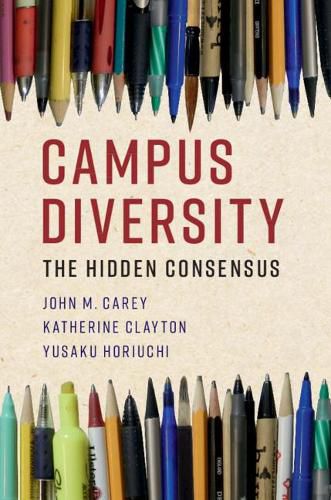Readings Newsletter
Become a Readings Member to make your shopping experience even easier.
Sign in or sign up for free!
You’re not far away from qualifying for FREE standard shipping within Australia
You’ve qualified for FREE standard shipping within Australia
The cart is loading…






Media, politicians, and the courts portray college campuses as divided over diversity and affirmative action. But what do students and faculty really think? This book uses a novel technique to elicit honest opinions from students and faculty and measure preferences for diversity in undergraduate admissions and faculty recruitment at seven major universities, breaking out attitudes by participants’ race, ethnicity, gender, socio-economic status, and political partisanship. Scholarly excellence is a top priority everywhere, but the authors show that when students consider individual candidates, they favor members of all traditionally underrepresented groups - by race, ethnicity, gender, and socio-economic background. Moreover, there is little evidence of polarization in the attitudes of different student groups. The book reveals that campus communities are less deeply divided than they are often portrayed to be; although affirmative action remains controversial in the abstract, there is broad support for prioritizing diversity in practice.
$9.00 standard shipping within Australia
FREE standard shipping within Australia for orders over $100.00
Express & International shipping calculated at checkout
Media, politicians, and the courts portray college campuses as divided over diversity and affirmative action. But what do students and faculty really think? This book uses a novel technique to elicit honest opinions from students and faculty and measure preferences for diversity in undergraduate admissions and faculty recruitment at seven major universities, breaking out attitudes by participants’ race, ethnicity, gender, socio-economic status, and political partisanship. Scholarly excellence is a top priority everywhere, but the authors show that when students consider individual candidates, they favor members of all traditionally underrepresented groups - by race, ethnicity, gender, and socio-economic background. Moreover, there is little evidence of polarization in the attitudes of different student groups. The book reveals that campus communities are less deeply divided than they are often portrayed to be; although affirmative action remains controversial in the abstract, there is broad support for prioritizing diversity in practice.